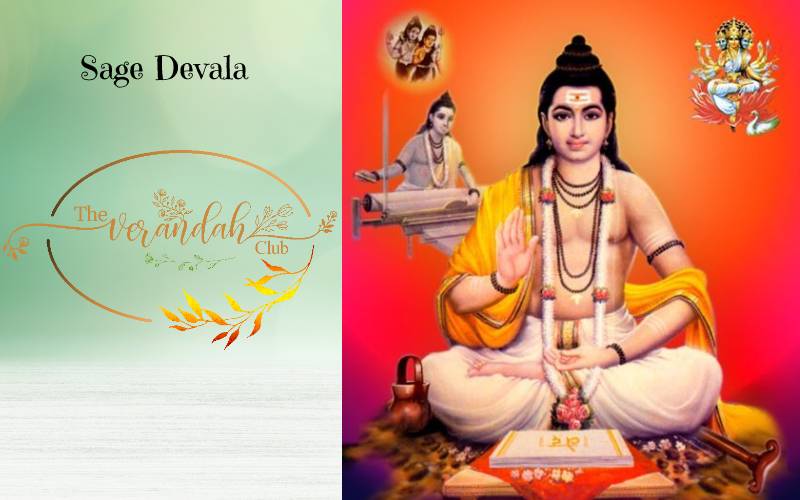
Sage Devala was a great soul. Arjuna mentions him in the Bhagavad Gita. The Devanga Purana tells us that Sage Devala is the forerunner of the Devanga Community. The first weaver was one person called Agnimanu. He got liberated and the demand for clothes increased. Thereafter, Sage Devala is known to have appeared from the third eye or from the heart of Shiva in order to create clothing and teach weaving to the world.
The expert weaver, Devala, obtained the threads needed for weaving from the navel of Lord Vishnu. A group of five demons, Vajramushti, Dhoomravakra, Dhoomraakshasa, Chitrasena, and Panchasena, attacked him. It was during hour of midnight and therefore the power of the demons was overwhelming. Devala tried to fight them with the aid of Vishnu’s Sudharshana Chakra. But it was of no avail. Finally, he prayed to Shakthi for help, and she appeared in all glory.
The supreme mother had worn a big bright crown and was mounted on a golden hued lion. She had a shining trident and other radiant weapons in her hands. Devi killed the demons, and she soaked the threads brought by Devala in the blood that flowed out of the bodies of the extinguished demons. The blood was in five colors – white, black, red, green, and yellow. These colored threads were used by Devala to weave.
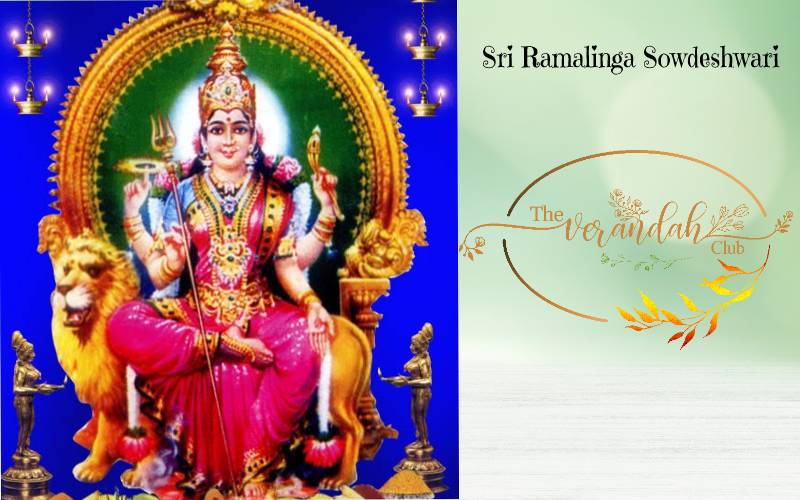
The divine mother was given the name, Choudeshwari or Sowdeshwari. Chowda/Sowda/Sooda means brightness and Sowdeshwari advised Devala to worship her during Amavasya (New moon day). Devala went to the Southern Himalayas and founded a kingdom. It was known as the Sagar Kingdom and Amodhnagar became its capital. Devala became very busy, for he began to weave new clothes for all. The new clothes were given to the trimurthi-s, deva-s, asura-s, gandharva-s and kinnara-s. He gave clothes to the human beings also.
Since Devala produced fabric for covering the bodies of devas, his community came to be known as the Devanga Community (Anga – Part of the body). Subsequently, Devala married Lord Surya’s Sister, Devadatta, Aadishesha’s daughter Chandrarekha. Therefore, his community people are known as Sedar/Jendar. Agnidatta the daughter of the asura, Vakratantha, became the other spouse of Devala. Eventually, the followers of Devala came to be known as Devangas.
Goddess Sri Ramalinga Sowdeshwari Amman is also known as Choudeshwari Devi. She is worshipped in three forms, Shakthi, Chamunda, and Jyothi. Her other names are Banashankari, and Soodaambikai. Her consort is Lord Shiva as Ramalingeshwara. Sri Ramalinga Sowdeshwari is worshipped in all parts of India and has temples in Karnataka, Telangana, Andhra Pradesh, Tamil Nadu, Kerala, Madhya Pradesh, Odisha, and Delhi.
The community has constructed temples for Sri Ramalinga Sowdeshwari in all their centers. They are not just expert weavers but also polyglots where weaving and marketing abilities took them around the country and their communication skills are legendary. They have established choultries, schools, colleges, and learning centers for the poor in all the territories connected with their activity. The devangas are known for spreading adult and language education through night schools. Several Hindi learning centers were established by them in South India. The weave of the devangas created the fabric called national integration.
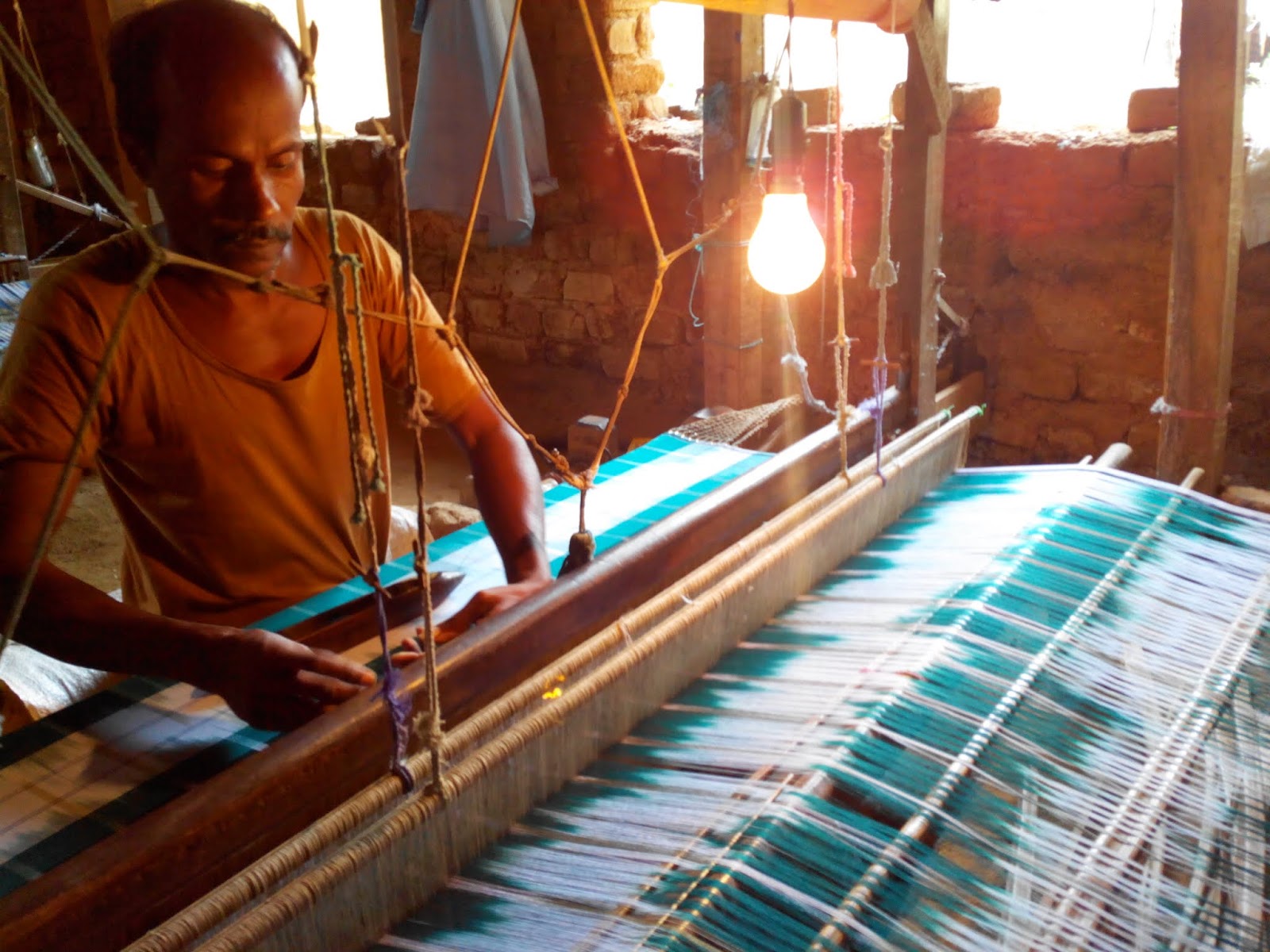
The Devanga Community dispersed to all parts of the country. They had been in Ujjain also. These devangas brought the weaving industry to their new hometowns and set up temples for their deity Sri Ramalinga Sowdeshwari Amman. In the south, they speak Kannada and Telugu. They are endowed with a good personality and are known as Devanga Chettiars/Chetty. Their religious practices fall within the bracket of Shaivism and Vaishnavism, but their deity is Sowdamman (Sri Ramalinga Sowdeshwari).
India has been a great center for weaving. The Indian farmers and weavers produce diverse varieties of cotton and weave them into fabulous fabrics. The farmers and weavers used local materials for farming, ginning, spinning, weaving, and dyeing. All these practices were sustainable and very much part of nature. Fabrics made in India became a global trend and it was amongst the top items to be sent around the world.
Style, fashion, and India were synonymous. The silk route and the hundred ports of India were points of export. These exports made India, the largest economy in the world and it was so until the advent of colonial rulers who prophesized Islam and Christianity. The work of Devala and his descendants continue to keep India as the global textile center.
The famous Coimbatorean author, Gopalakrishnan, has spoken about a divine trend in his book, ‘Amman Nesavu.’ The author takes the pen name Sutradari for this book. He begins the story at Ujjain wherein Islamic invasion forces the weavers to live with their deity. The story later shifts to the Undivided Coimbatore District in Tamil Nadu. He takes us to a village which is inhabited by weavers and the deity moves over to the resident of the weaver based on a divine happening. The residents were the deity herself visits and weaves a fabric all by herself becomes her residence. Until such times, she weaves the same magic in the residence of another weaver. This deity, Sri Ramalinga Sowdeshwari, becomes a resident of the weaver’s dwelling wherein she had wrought magic by weaving her saree herself. This weaver receives the icon of Sri Ramalinga Sowdeshwari and acts as the priest and host of the deity. The other weavers visit his house for the purpose of offering their prayers.
Devi Ramalinga Sowdeshwari keeps moving on from one place to the other and her divine weave will continue to enrich Bharatavarsha for eternity. Let us salute these nationalists by offering our prayers to Devi Sri Ramalinga Sowdeshwari.
Everyone who is buying a piece of cloth should be aware of the story of Devala and his descendants, for without them it would not have been possible to make a style statement with the best of clothes.
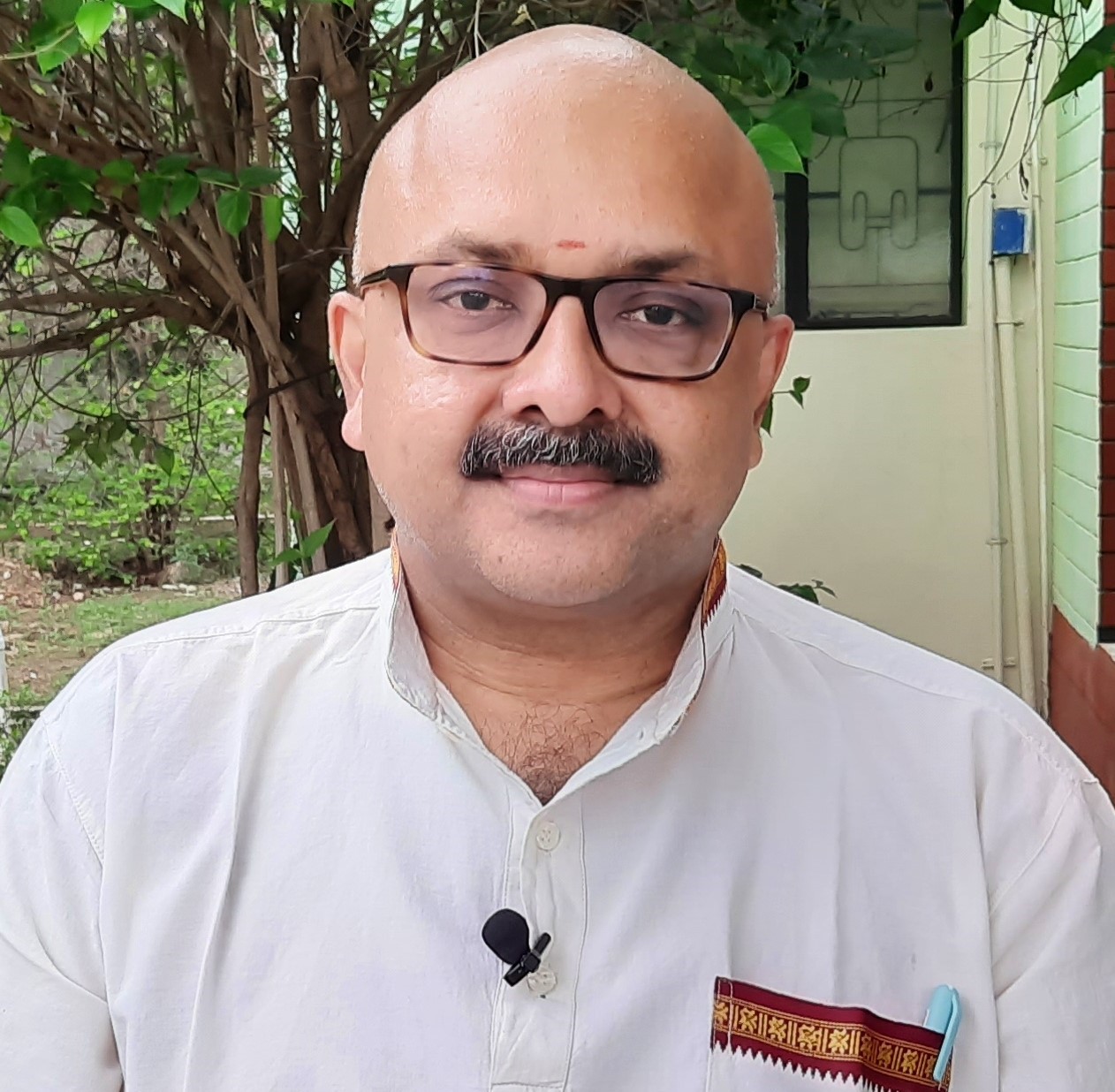
Mr. Rajesh Govindarajulu is one of the founding members of the Verandah Club Pvt. Ltd. He is a leading columnist, historian, jeweler, entrepreneur, and a heritage enthusiast who is earnestly working to revive the past in the light of the present. Experiential learning about the history of Coimbatore is his main course of interest and he is also a panel member of many colleges in the city.
NEXT ARTICLE
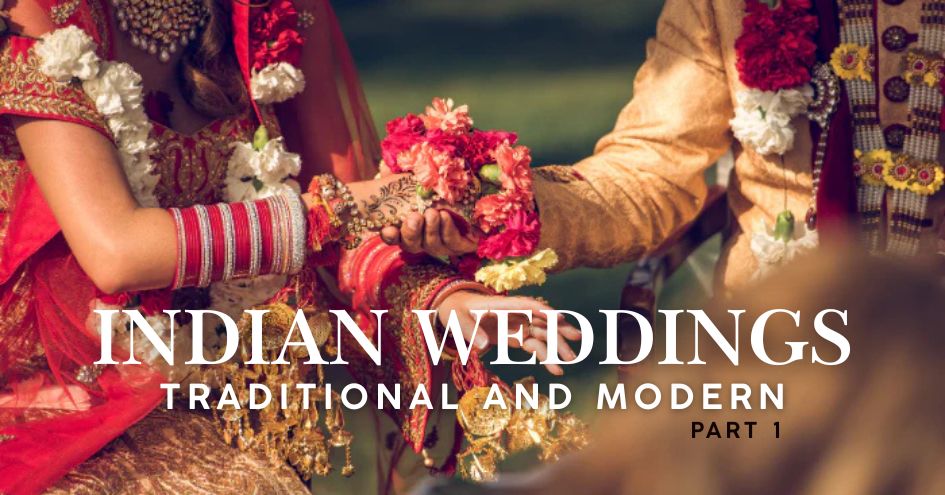
Over the past couple of years, I have had the opportunity to attend several family weddings, both in India and the United States. The experience has b...
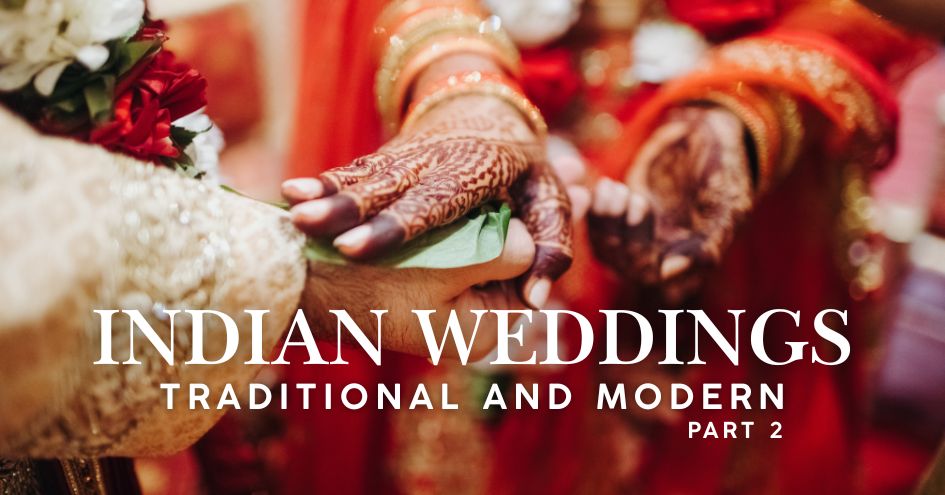
Let's take a moment to revisit the meaning of the term “Vivāha”. At its core, it represents the idea of sharing a burden and carrying the weight of li...
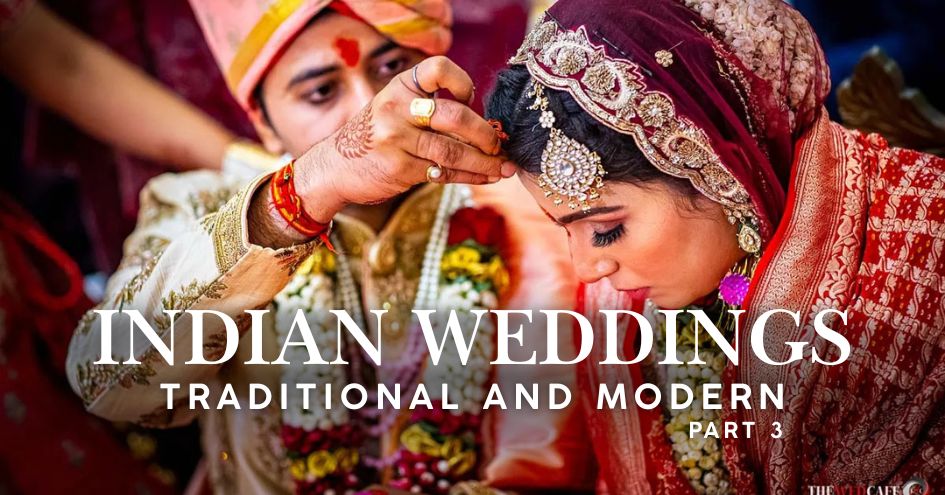
After reviewing the different kinds of weddings, we see why ancient texts felt the need to clearly distinguish between forms that upheld social order...